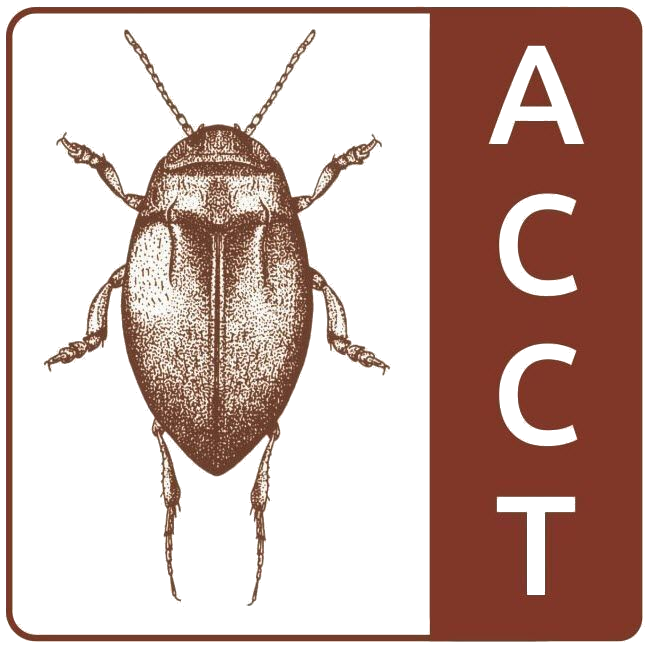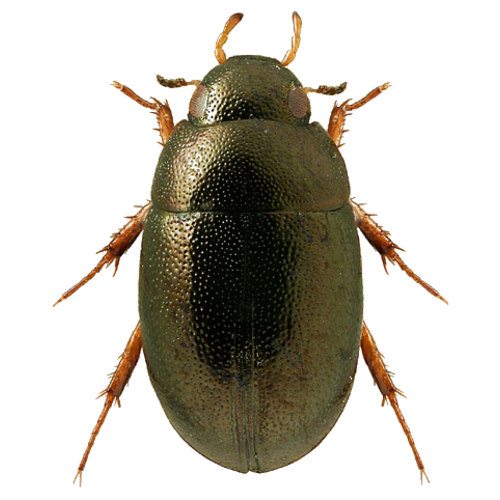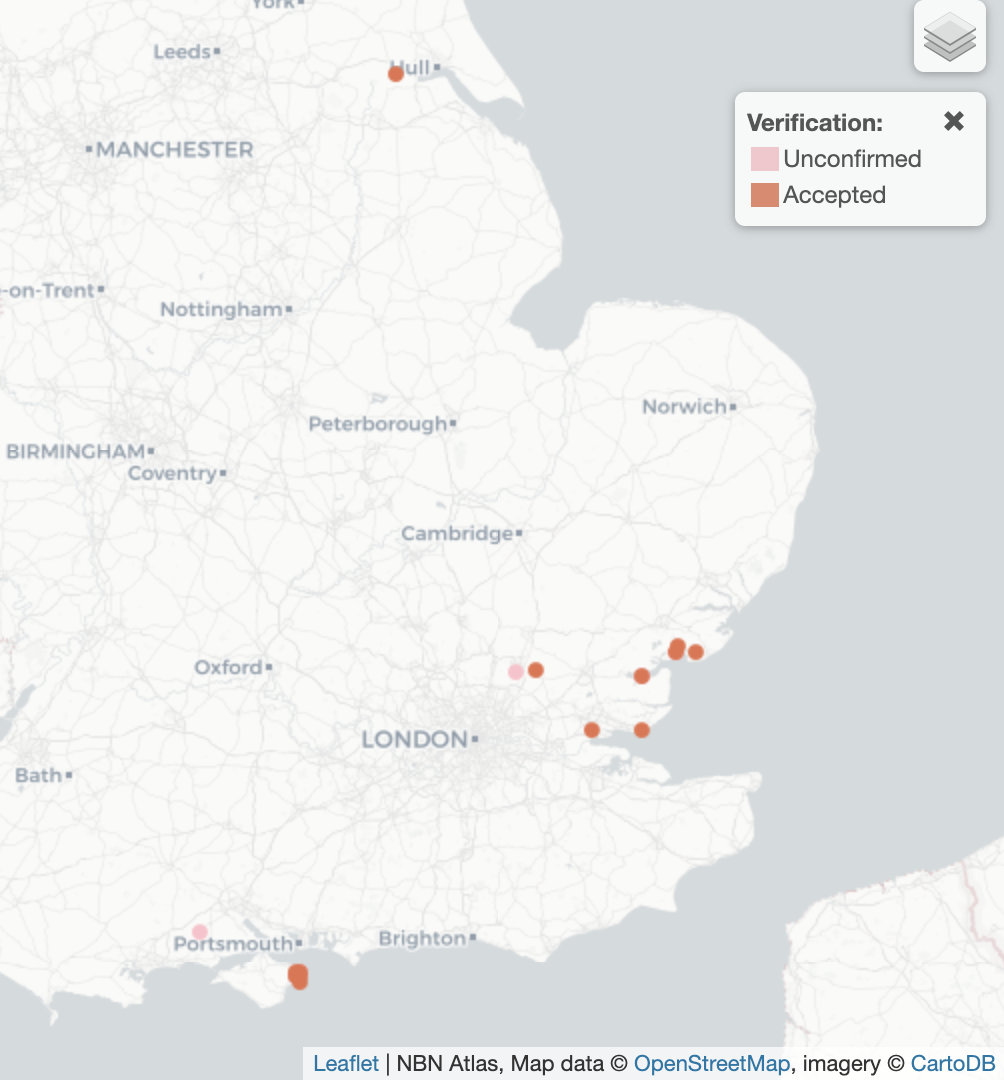Paracymus aeneus
(Germar, 1824)
Bronze Paracymus

Aquatic Coleoptera
Conservation Trust
OVERVIEW

Paracymus aeneus, known as the "Bronze Paracymus," is a small water scavenger beetle designated as a UK BAP priority species. This distinctive beetle is characterised by its metallic bronze coloration and specialised adaptation to marginal zones of still or slow-flowing water bodies where organic detritus accumulates, making it an important indicator of healthy aquatic ecosystems.
CONSERVATION STATUS
Key Threats:
- Habitat degradation and pollution
- Loss of natural marginal habitats
- Water level management changes
- Eutrophication and sedimentation
- Climate change impacts
Population Trend:
DISTRIBUTION

Current Range: UK BAP priority species recorded in England with scattered distribution, primarily from sites that maintain high water quality and natural marginal habitats with abundant organic detritus.
Habitat Distribution: Found in marginal zones of still or slow-flowing water bodies, particularly those with soft substrates rich in organic detritus, including pond edges, lake margins, and slow river backwaters.
ECOLOGY & HABITAT
Still Waters
Ponds, lakes, and slow-flowing water margins
Organic Detritus
Soft substrates rich in decomposing organic matter
Marginal Vegetation
Vegetated margins providing shelter and food sources
Life Cycle: Complete metamorphosis with larvae and adults both utilizing marginal detritus-rich environments
Diet: Detritivorous, feeding on decomposing organic matter, algae, and microorganisms in soft substrates
Detritus Dependence: Requires abundant organic detritus and associated microbial communities for both feeding and reproduction
CONSERVATION ACTIONS
Margin Protection
Protect and restore natural soft marginal habitats
Water Quality
Maintain clean water conditions and prevent eutrophication
Natural Processes
Allow natural detritus accumulation and organic cycling
Survey & Research
Systematic surveys and ecological research on habitat needs